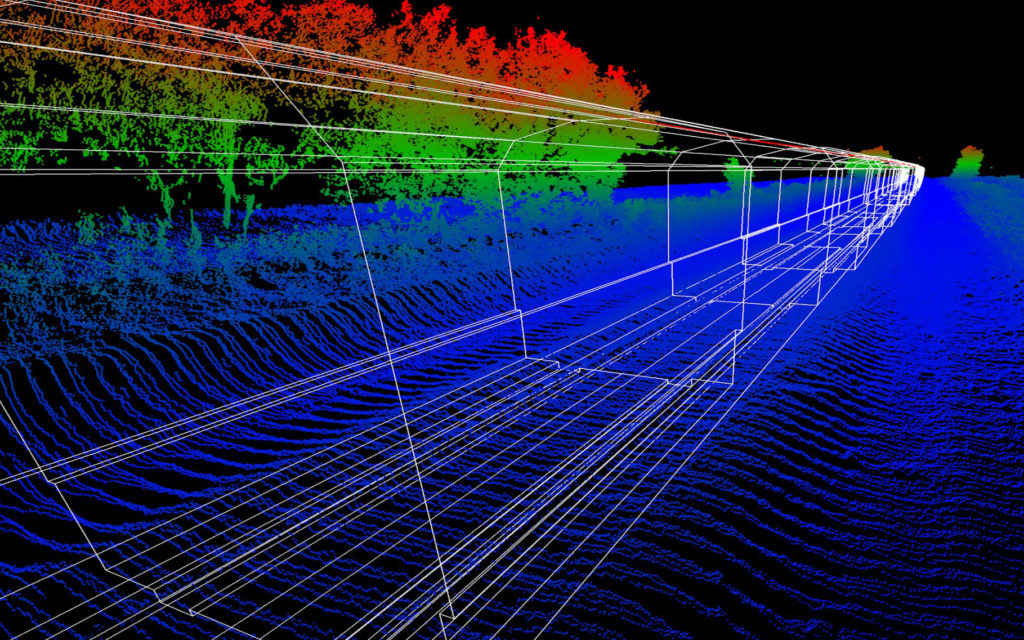An Australian consortium is looking to develop new gyroscope technology that it says will provide high-accuracy at a price point some 85% lower than existing systems, and is specifically targeted at autonomous vehicles.
The project is being led by navigation system manufacturer Advanced Navigation, with research partners RMIT University, The Australian National University (ANU) and commercial partner Corridor Insights.
While accurate positioning is a critical function in industries such as transportation, infrastructure and space, the group said that current technical solutions are expensive, large or energy-hungry. Size and cost remain the biggest challenges for wider commercial use, the company said, with the price of one high-performance unit approximately US$S20,000 for a decade while standard devices are still too bulky for easy integration into many potential applications such as automobiles.
The group said its solution brings together leading-edge optical physics technology from ANU with innovative photonic chips developed at RMIT.
Inside a regular high-performance gyroscope is about 1km of optical fibers, wound around a spool. Laser beams inside the fibers are split in two and sent in opposite directions. By measuring where the light reconnects, and looking at the differences in how long it takes for the light beams to travel, the gyroscope can determine position and movement with pinpoint precision.
Researchers at ANU said they have been adapting an optical measurement technique known as digital interferometry that can detect the tiniest of changes between the two light waves, isolating the gyroscope signal from background noise.
Professor Arnan Mitchell, leader of RMIT’s Integrated Photonics and Applications Centre (InPAC), said the equipment needed to detect those changes would normally take up a large bench in a laboratory: “The clever signal processing developed at ANU allows us to tell apart tiny signals from noise, and our photonic chip technology enables all that functionality to fit on a chip the size of a fingernail.”
The photonic chips will be developed by the InPAC team at RMIT, which has facilities for designing and printing microchips. “By compressing the light detection technology onto a photonic chip we can shrink ultra high-performance gyroscopes from the size of a bread box to the size of a coffee cup,” Mitchell said.
ANU photonics researcher associate professor Jong Chow said the miniscule light inconsistencies detected through digital interferometry could have significant benefits to autonomous operations: “Separating a tiny blip of noise from an actual signal can be the difference between a satellite avoiding a meteorite or crashing into it, or an automated car swerving to prevent a collision.”


